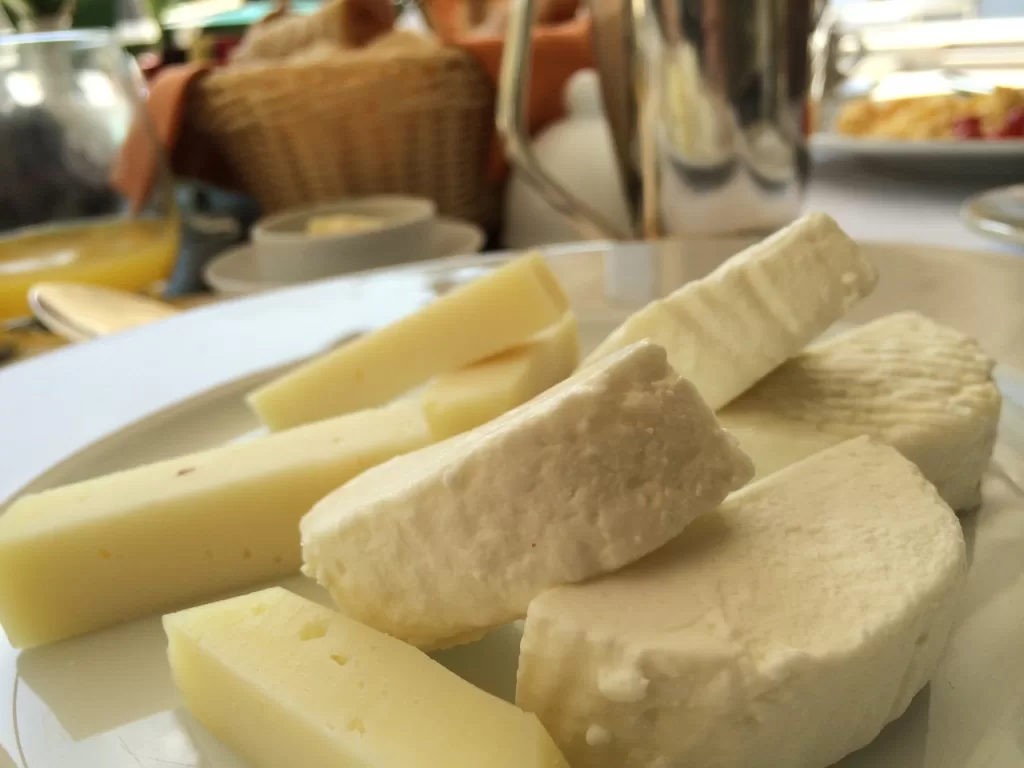In the realm of food preservation, two powerful methods have long held the spotlight: pasteurization vs sterilization.
These techniques have revolutionized the way we store and consume perishable goods, ensuring their safety and prolonging their shelf life. Both pasteurization and sterilization are essential processes that eliminate harmful microorganisms, but they differ significantly in their approaches and outcomes.
In this blog post, we’ll delve into the fascinating world of food preservation and explore the differences between pasteurization vs sterilization. We’ll uncover the science behind each method, the benefits they offer, and the unique circumstances where one might be preferred over the other.
Pasteurization vs Sterilization
From the time of their discoveries to their applications in modern food processing, both pasteurization and sterilization have played integral roles in safeguarding our food supply. By understanding their nuances and the impact they have on the quality and safety of our food, we can make informed decisions about the preservation methods we employ.
Join us as we explore the differences between these two preservation powerhouses and gain a deeper appreciation for the techniques that keep our meals safe and delicious.
What is Pasteurization?
Pasteurization, named after the renowned French scientist Louis Pasteur, is a widely employed method of food preservation. It involves heating food and beverages to specific temperatures for a predetermined time, effectively reducing the number of microorganisms present while maintaining the product’s overall quality.
The underlying principle of pasteurization lies in selectively targeting pathogenic bacteria, yeasts, and molds that may cause spoilage or pose health risks to consumers.
By subjecting the food to heat treatment, pasteurization destroys harmful microorganisms, extending the product’s shelf life and ensuring its safety.
This section will explore the history and science behind pasteurization, as well as shed light on the diverse applications of this preservation technique in the food industry.

Advantages and Disadvantages of Pasteurization
Pasteurization offers several significant advantages in food preservation. Firstly, it retains some of the nutritional value of the treated food, ensuring that essential vitamins, minerals, and enzymes remain intact.
Additionally, pasteurization helps to preserve the flavor, texture, and overall sensory qualities of the product, making it more appealing to consumers. Furthermore, pasteurization effectively eliminates common pathogens such as Salmonella, E. coli, and Listeria, reducing the risk of foodborne illnesses.
Despite these advantages, pasteurization does have its limitations. It may not be as effective in eliminating certain heat-resistant microorganisms, such as spore-forming bacteria, which can survive the process.
Additionally, the shelf life of pasteurized products is generally shorter compared to those subjected to sterilization.
Furthermore, there is a potential risk of recontamination after treatment, especially if proper storage and handling practices are not followed. It is crucial to weigh these advantages and limitations when considering the most appropriate preservation method for specific food products.
Pasteurization vs Sterilization. What is Sterilization?
Sterilization is a robust food preservation method that aims to completely eliminate all forms of microorganisms, including bacteria, viruses, fungi, and spores.
Unlike pasteurization, which targets specific pathogens, sterilization goes a step further by eradicating any potential microbial presence. Various sterilization techniques are employed in the food industry, such as high-temperature treatments, pressure cooking, irradiation, and the use of chemical agents.
These methods work by subjecting the food to extreme heat, pressure, or radiation, effectively destroying microorganisms and their reproductive capabilities.
Sterilization is commonly used for canned foods, ready-to-eat meals, and products intended for long-term storage. While sterilization ensures prolonged shelf life and safety, it does come with some drawbacks.
The intense heat or radiation involved in the process can lead to changes in the food’s taste, texture, and nutritional content.
Additionally, the energy consumption and costs associated with sterilization methods can be higher compared to pasteurization. It is crucial to consider these factors when determining the most suitable preservation method for specific food products.
Advantages and Disadvantages of Sterilization
Sterilization offers several notable advantages when it comes to food preservation.
One of the key benefits is the complete eradication of all microorganisms, including the most heat-resistant spores, ensuring a virtually sterile product. This makes sterilization particularly effective in extending the shelf life of foods, especially those intended for long-term storage or in challenging environments.
Moreover, sterilized foods are considered safe even for individuals with weakened immune systems, as the absence of microorganisms minimizes the risk of foodborne illnesses. However, there are some downsides to sterilization.
The high heat or radiation employed during the process can lead to alterations in the taste, texture, and nutritional composition of the food. This can result in a loss of sensory appeal and potential nutrient degradation.
Furthermore, the energy consumption and costs associated with sterilization methods can be relatively higher compared to pasteurization. Careful consideration of these advantages and limitations is crucial when selecting the appropriate preservation technique for different food products.

Comparing Pasteurization vs Sterilization
When deciding between pasteurization and sterilization for food preservation, understanding the key differences between these methods is essential.
While both techniques aim to ensure food safety, they have distinct approaches and outcomes. Pasteurization selectively targets specific pathogens while preserving almost all nutritional value, flavor, and texture of the food. It is commonly used for perishable products that require a balance between safety and sensory quality.
On the other hand, sterilization aims for the complete eradication of all microorganisms, making it suitable for long-term storage or products intended for immunocompromised individuals.
However, sterilization may lead to changes in taste, texture, and nutrient content.
Considerations such as product characteristics, intended use, desired shelf life, and consumer preferences play a crucial role in determining whether pasteurization or sterilization is the most appropriate preservation method for a given food product.
The Future of Food Preservation
As technology continues to advance, the field of food preservation is witnessing exciting innovations and emerging techniques.
Researchers and industry professionals are constantly exploring new methods to enhance both pasteurization and sterilization processes. Novel technologies, such as pulsed electric fields, high-pressure processing, and cold plasma treatment, are being investigated for their potential in preserving food quality while effectively eliminating microorganisms.
The focus is on finding the right balance between safety, shelf life extension, and maintaining the sensory attributes of the preserved food. Additionally, efforts are being made to optimize energy consumption, reduce environmental impact, and promote sustainability in food preservation practices.
As we move forward, the future of food preservation holds promise for more efficient, eco-friendly, and technologically advanced methods that will revolutionize how we ensure food safety and quality in the years to come.
Conclusion
In the area of food preservation, the battle between pasteurization and sterilization has paved the way for safer and longer-lasting food products.
Pasteurization, with its selective approach and focus on retaining the nutritional and sensory qualities of food, has found its place in preserving perishable items while maintaining their desirable attributes.
On the other hand, sterilization, with its aim to achieve complete eradication of microorganisms, is ideal for extending the shelf life of foods, especially those intended for long-term storage or vulnerable populations. Understanding the advantages and limitations of each method is crucial in making informed decisions about the preservation technique best suited for specific food products.
As technology advances, the future of food preservation holds promising innovations that will strike a balance between safety, quality, and sustainability.
By embracing these advancements, we can continue to enjoy the benefits of preserved food while ensuring its safety and retaining its intrinsic qualities.






